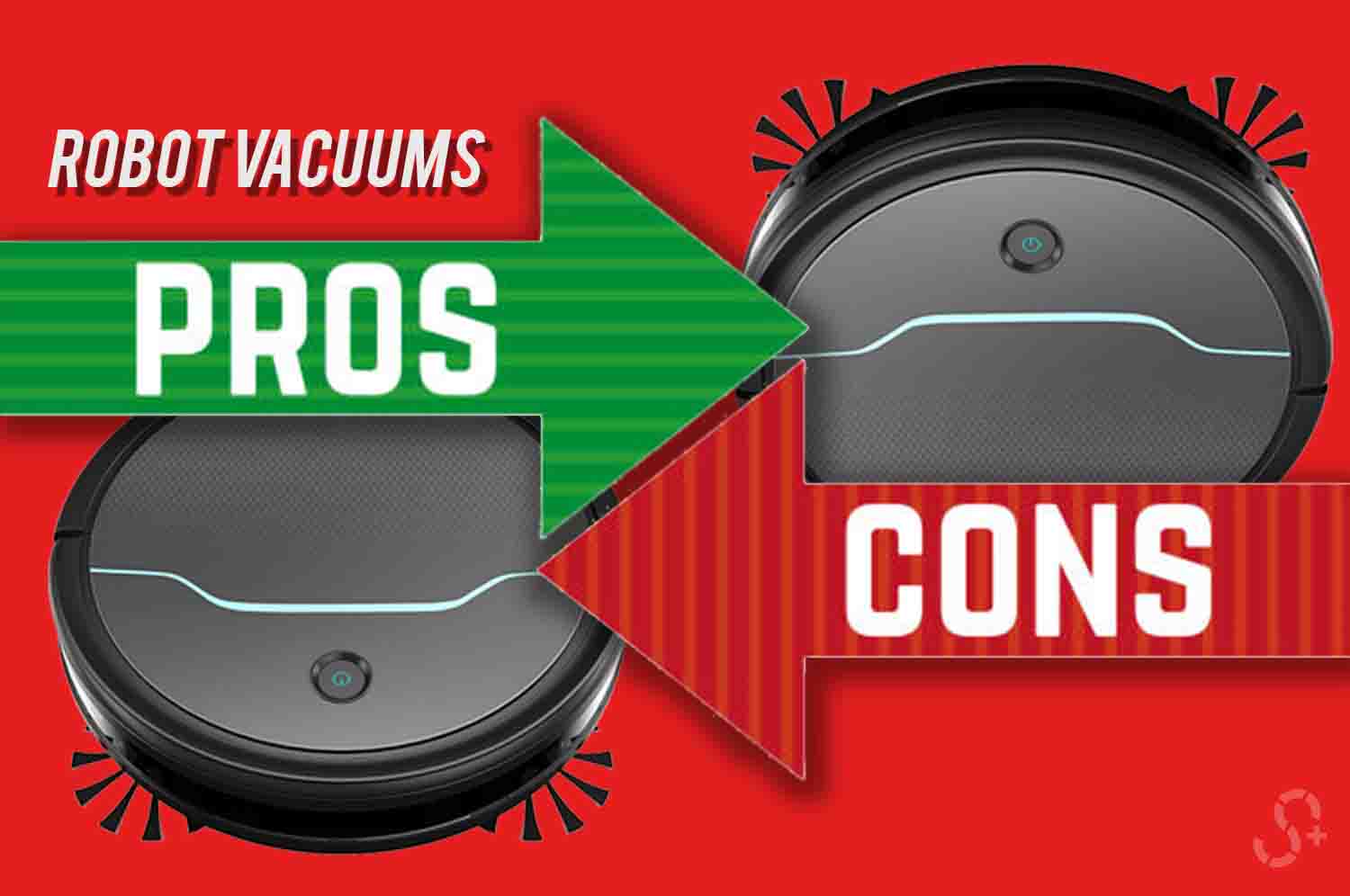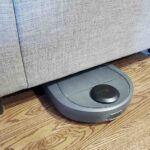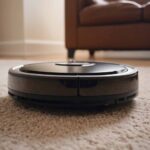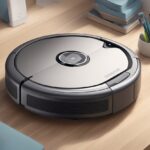If you watched cartoons like the Jetsons in your childhood, you’re probably not new to the concept of autonomous robots who can attend to all our needs like cooking, washing, and cleaning the home – all without much need for human involvement.
In the past decade alone, technological advancements in robot vacuum cleaners have really started to push that imagination into reality, where you can come back to a home that is spic-and-span so that you can put your feet up and be comfortable after a long day at work.
Robot vacuum cleaners are nifty little devices. They require minimal human supervision, have loads of useful features, and do a great job at cleaning your home.
Even the hard-to-reach areas like under furniture and beds, and the nooks and crannies that you might otherwise struggle with if you were lugging a conventional vacuum cleaner around your home, trying to find the most convenient wall socket for each area you’re cleaning.
However, as with all technological devices, nothing is absolutely perfect. With all of its plus points, the robot vacuum cleaner does have a few slight disadvantages.
Whether you’re a newbie planning to get into the robot vacuum cleaner life, or a seasoned robot vacuum owner who’s experienced your fair share of issues with these little machines, we’ve listed down the pros and cons of owning a robot vacuum cleaner. Read on below to find out more.
Advantages of a robot vacuum cleaner
1. Wifi Connected
As the smart home becomes the new normal, the technology found on electronic devices has to keep up with the demands of the modern home.
Modern robot vacuum cleaners all come with Wifi capability in order to connect wirelessly to your home hub, allowing you to fully control them via your smartphone, or even through voice control via Alexa, Google Home, or other digital voice assistants.
This allows you to control every function of your robot vacuum from wherever you are. Coming home unexpectedly late from work and having guests coming over for dinner?
No problem – log in to your robot vacuum cleaner’s smartphone app and fire up your clean machine.
Come home to a fully cleaned floor and enjoy the rest of the evening with your guests. Simple and efficient ways to live a better life, all thanks to your robot vacuum.
2. Easily Programmable Schedule
With all the stress you face at work and in your everyday life, it’s hard to find time to worry about keeping your home clean.
Robot vacuums help you take away some of the stress off your mind by operating in a fully autonomous way and without you having to control it every time you want it to run.
Simply program a daily or weekly schedule on your robot vacuum cleaner down to the time of day when you want it to clean, and get on with your daily life. Using the time that you save, you can focus your attention on more important things.
3. Cleans Hard To Reach Areas
Ever had to bend down with a heavy, conventional vacuum cleaner in tow and reach under your chairs, tables, and other assorted furniture in order to clean?
If so, you’re probably no stranger to the back pains that happen once you stand back up!
Robot vacuums – especially the newer models – are slim, agile, and specifically built to reach and clean all the tight spots and hard-to-reach areas around your home, and under all kinds of furniture, with ease. No more trips to the chiropractor!
4. Spot Cleaning
Imagine a scenario where a spill happens somewhere in your home.
It needs to be cleaned up immediately; otherwise, it would leave an unsightly stain on your floor.
Getting a conventional vacuum cleaner out of the closet, putting the parts together, and lugging it to the spill area while looking for a wall socket is cumbersome and time-wasting.
With robot vacuum cleaners, all you have to do is take your smartphone out of your pocket, log in to the app, and fire up your robot vac to spot clean the spill area. Simple, efficient, and easy to use.
5. Helps Those With Mobility Issues
It’s understandably tough to be living alone, and out of this group of homeowners, people with mobility issues face limitations due to their physical disabilities.
This makes simple tasks such as cleaning the house using a conventional vacuum cleaner next to impossible for some.
Robot vacuum cleaners are an ingenious solution to help keep the house clean due to their size, weight, and easy-to-use smartphone / smart home integration.
Disadvantages of a robot vacuum cleaner
1. Initial cost
Robot vacuum cleaners help save time and effort – but they do cost a rather pretty penny at the start.
For the price that most new models of robot vacuums are going for, you can get a conventional vacuum cleaner with almost the same cleaning power – at a little over half the price.
However, it’s worth noting that with all the time and effort it helps you save, the functionalities of the robot vacuum cleaner pretty much pay for themselves in the long term.
2. Battery life
As is the case with any battery-powered electronic device, you’re going to need to have it fully prepped and charged in its dock for the next cleaning job.
Otherwise, you’re probably going to come home to a robot-vacuum-shaped brick that ran out of juice in the middle of your living room!
3. Takes more time
Because of the AI used in robot vacuums, it normally takes double or even triple the time it takes to clean your home as compared to using a conventional push-around vacuum cleaner.
Robot vacuums have to take a longer time to make decisions on their cleaning route – while the human brain makes decisions on whether to turn left, right, or avoid obstacles in a matter of seconds.
Final thoughts
Robot vacuums are fantastic little things that just help make our lives that little bit easier in this modern world, where technology sometimes evolves at unimaginable speeds.
With that said, the pros and cons listed above are non-exhaustive, and as newer and better robot vacuum technology changes, so will the advantages and disadvantages.
It’s always worth remembering that the newer the model of robot vacuum, the fewer disadvantages it has – but it will often, if not always, come at a higher cost.








